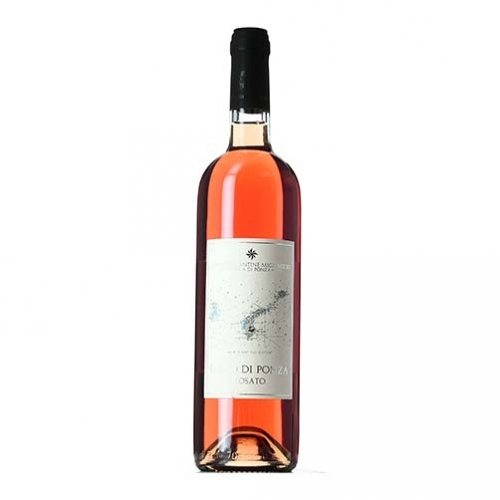 |
| Gerardo Mazzella |
First, the very lovely Marisa Taffuri 'Vino di Bianca' from Malvasia, Biancolella, Chardonnay and Sauvignon - 'ottenuto da uve selezionate e prodotto sull'isola di Ponza'.
It is related that a couple from Rome, Marisa Taffuri and her husband Maurizio Pouchain bought a property in Ponza in 1977. Already wine producers in the province of Beneventano, Campania, they planted Biancolella, Malvasia, Chardonnay, Sauvignon Blanc, Marsanne and Rousanne in Ponza.
 |
| said to be the Azienda Agricola Marisa Taffuri at Giancos, Ponza. |
Next a wine from the Lazio producer Casale del Giglio. It has been written;
The vines are located along a small plateau, called "Piano degli Scotti" near the Faro della Guardia, a building dating back to the 19th century. The Faro della Guardia is an absolute novelty in the wide and selected range of wines of the company Casale del Giglio, a real "gem" that already saw the debut of important awards. The Biancolella variety, originally from the island of Ischia, has arrived at the time of the Bourbons on the island of Ponza and here has yielded excellent quality results. "I fell in love with it," confesses Antonio Santarelli, "and I decided to plant a vineyard. Given the results of this first vintage, I can say that I am absolutely satisfied ".
 | ||
| The deep golden colour is a hint of what it tastes like. Gerardo's delicious home-made Biancolella |
On Gerardo's menu the wine is offered in quantities of 1/4. 1/2 and 1 litre only without any further hint as to its colour or provenance.
 |
| not sure where Gerardo's vineyard is but vines grow at the restaurant |
De-stalk
2.5 days cold soak with punch over (pigeage - punch down).
Machine press.
28 days fermentation in glass demijohns
2 rackings
Cellar temp 8 degrees. Humid (the cellar is carved from tufo).
Result - one of the loveliest Biancolellas it is possible to imagine. From these examples, we can say Biancolella is a truly outstanding grape. Those who have tried to grow Biancolella outside Campania, Ischia and Ponza have to contend with Pernospera and Coulure. According to D'Agata (Native wine grapes of Italy), the grape makes wines that are very site specific but hails it as having the potential to be delicious with complexity and depth of flavour uncommon in many Italian white wines.
Result - one of the loveliest Biancolellas it is possible to imagine. From these examples, we can say Biancolella is a truly outstanding grape. Those who have tried to grow Biancolella outside Campania, Ischia and Ponza have to contend with Pernospera and Coulure. According to D'Agata (Native wine grapes of Italy), the grape makes wines that are very site specific but hails it as having the potential to be delicious with complexity and depth of flavour uncommon in many Italian white wines.



















































